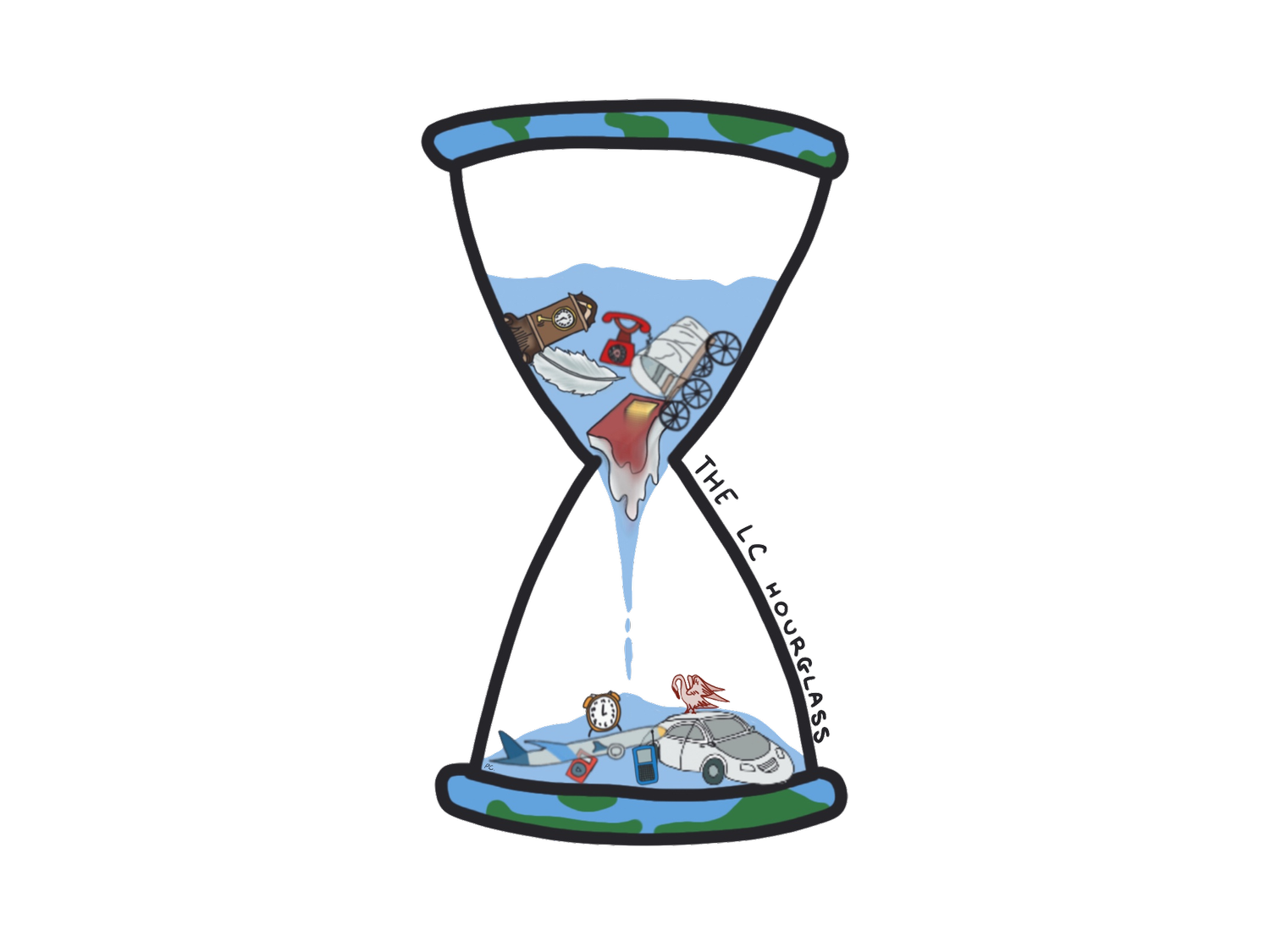Impact of Displacement and Mobilization from the Two World Wars
By Puffo Danchaivijitr ’24 and Kin Asvanund ’27
Seventy-eight years after the end of World War II, families are still facing the impacts of displacement and mobilization that took place in both World Wars. Arguably two of the darkest chapters in human history, the two massive global conflicts altered millions of families’ socioeconomic and geographic landscapes on a global scale.
While mass displacement was a prominent aspect of the world wars due to forced movements and concentration camps, it is crucial to note that numerous countries suffered a decline in mobility before the onset of conflict. The triggers for this decline included social legislation implemented by German chancellor Otto von Bismarck during the 1880s and the rapid industrialization of Germany. When the First World War began, it led to a “cleansing” movement of unfairly paid labor—of every age—on a larger scale than ever before. On top of that, WWI’s violent nature of trench warfare and military strategies like the scorched earth policy- which aims to destroy all strategic resources in an area- made many regions uninhabitable. This pushed families away from their homelands and from one another, resulting in vast migrations of refugees—both voluntary and involuntary—from war-torn areas. Although displacement in WWI relocated many, the number was nothing compared to what transpired during WWII.
During the WWII Nazi occupation of Eastern Europe, millions of Jewish families suffered in ghettos and concentration camps, being subjected to horrifying fates, whether it be starvation or hydrogen cyanide in gas chambers. The tremendous genocide of the Holocaust truly demonstrated the fragility of Jewish people’s freedom and led to the long-term destruction of entire bloodlines. Even when WWII ended, displacement and migration continued with the post-war redrawing of European boundaries, and even though resettlement in former home countries was a viable option for those who were displaced because of the war, some individuals felt physically unable to return home because of antisemitism and the fear of new political environments and reprisals upon their return.
Since both wars recruited record amounts of men to enlist in the military, women took on roles that were previously reserved for men in the workforce. This shift in gender roles helped pave the road for increased economic freedom and responsibility and the weakening of gender stereotypes, acting as a catalyst for later feminist movements. However, this economic mobilization came at a cost. In order to protect themselves, children were frequently left without parents and thus sent into the countryside, where they were were cut off from their families and parental figures.
The post-war psychological impacts experienced by millions of citizens served as the impetus for “Stress Syndrome”. In Europe, over 65 million citizens were forced to flee from their hometowns, and only the fortunate ones were able to stick with their family members and find a permanent home after the war. The ones who were separated from their families, however, had to deal with the post-war trauma alone, developing the “Stress Syndrome,” which strongly manifests the biochemical and psychological consequences of stress. In an interview, a man described his post-war life as straining, worrying, anxious, depressing, and concerning. With so much trauma, it is challenging to reintegrate back into an average civilian's life, as sirens, gunshots, and minefields still ring in their heads.
The two world wars reshaped the global landscape in every aspect, but families faced the most profound effects. Displacement and mobilization disrupted traditional family structures, changed roles, and left lasting scars on generations. The stories of these families serve as a testament to the resilience of the human spirit and a reminder of the importance of preserving peace.
Works Cited
“The Aftermath of ‘Liberation’--Jewish Displaced Persons in the American Zone of Occupation, 1945-1947: The National WWII Museum: New Orleans.” The National WWII Museum | New Orleans. Accessed October 30, 2023. https://www.nationalww2museum.org/about-us/notes-museum/aftermath-liberation-jewish-displaced-persons-american-zone-occupation-1945.
“Childcare on the World War II Home Front (U.S. National Park Service).” National Parks Service. Accessed October 30, 2023. https://www.nps.gov/articles/000/childcare-on-the-world-war-ii-home-front.htm.
“The Economic Consequences of U.S. Mobilization for the Second World War.” EHnet. Accessed October 30, 2023. https://eh.net/book_reviews/the-economic-consequences-of-u-s-mobilization-for-the-second-world-war/.
Goodwin, Doris. “The Way We Won: America’s Economic Breakthrough during World War II.” The American Prospect, October 1, 1992. https://prospect.org/health/way-won-america-s-economic-breakthrough-world-war-ii/.
Michal. “The Holocaust: The National WWII Museum: New Orleans.” The National WWII Museum | New Orleans, June 22, 2017. https://www.nationalww2museum.org/war/articles/holocaust.
Migration and mobility | international encyclopedia ... - 1914-1918-online. Accessed October 30, 2023. https://encyclopedia.1914-1918-online.net/article/migration_and_mobility.
“Rosie the Riveter Inspired Women to Serve in World War II.” U.S. Department of Defense. Accessed October 30, 2023. https://www.defense.gov/News/Feature-Stories/story/Article/1791664/rosie-the-riveter-inspired-women-to-serve-in-world-war-ii/#:~:text=%22Rosie%20the%20Riveter%22%20was%20an,II%20factories%20producing%20war%20materiel.
“Trench Warfare.” National WWI Museum and Memorial. Accessed October 30, 2023. https://www.theworldwar.org/learn/about-wwi/trench-warfare#:~:text=World%20War%20I%20was%20a,Fighting%20ground%20to%20a%20stalemate.
“What Happened to People Displaced by the Second World War?” Imperial War Museums. Accessed October 30, 2023. https://www.iwm.org.uk/history/what-happened-to-people-displaced-by-the-second-world-war.
“Women in World War I (U.S. National Park Service).” National Parks Service. Accessed October 30, 2023. https://www.nps.gov/articles/women-in-world-war-i.htm#:~:text=They%20served%20as%20stenographers%2C%20clerks,the%20duration%20of%20the%20war.
